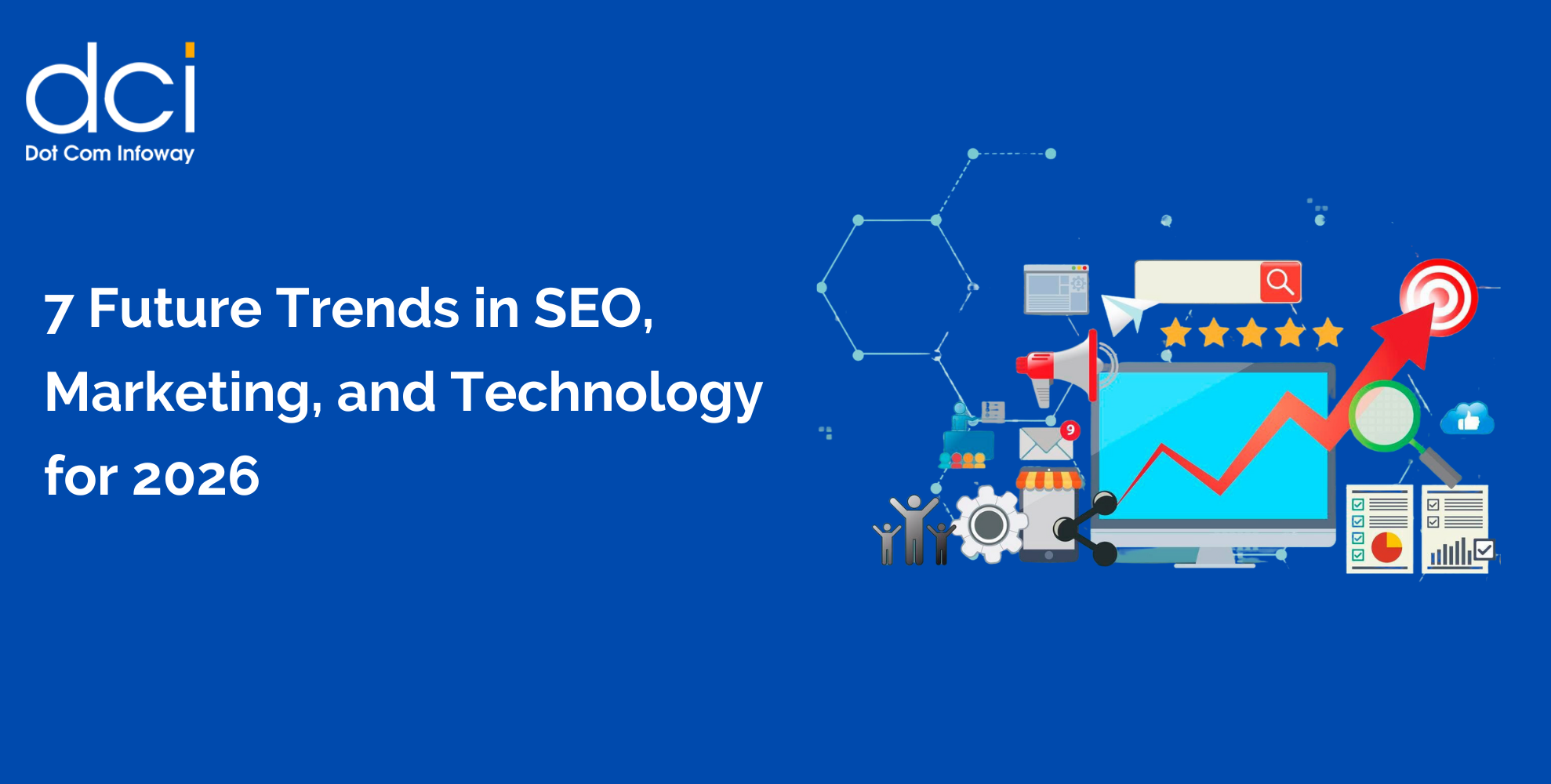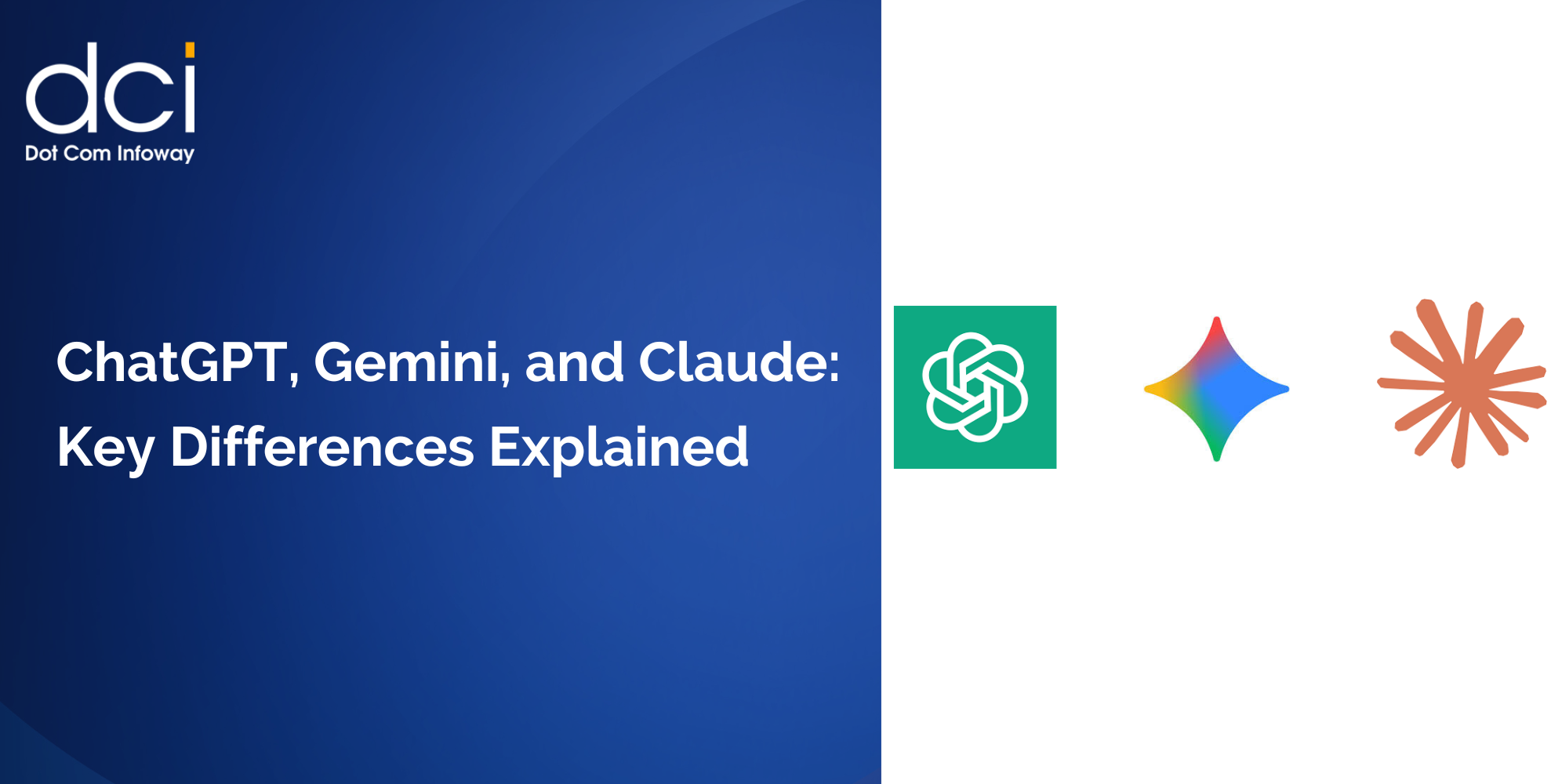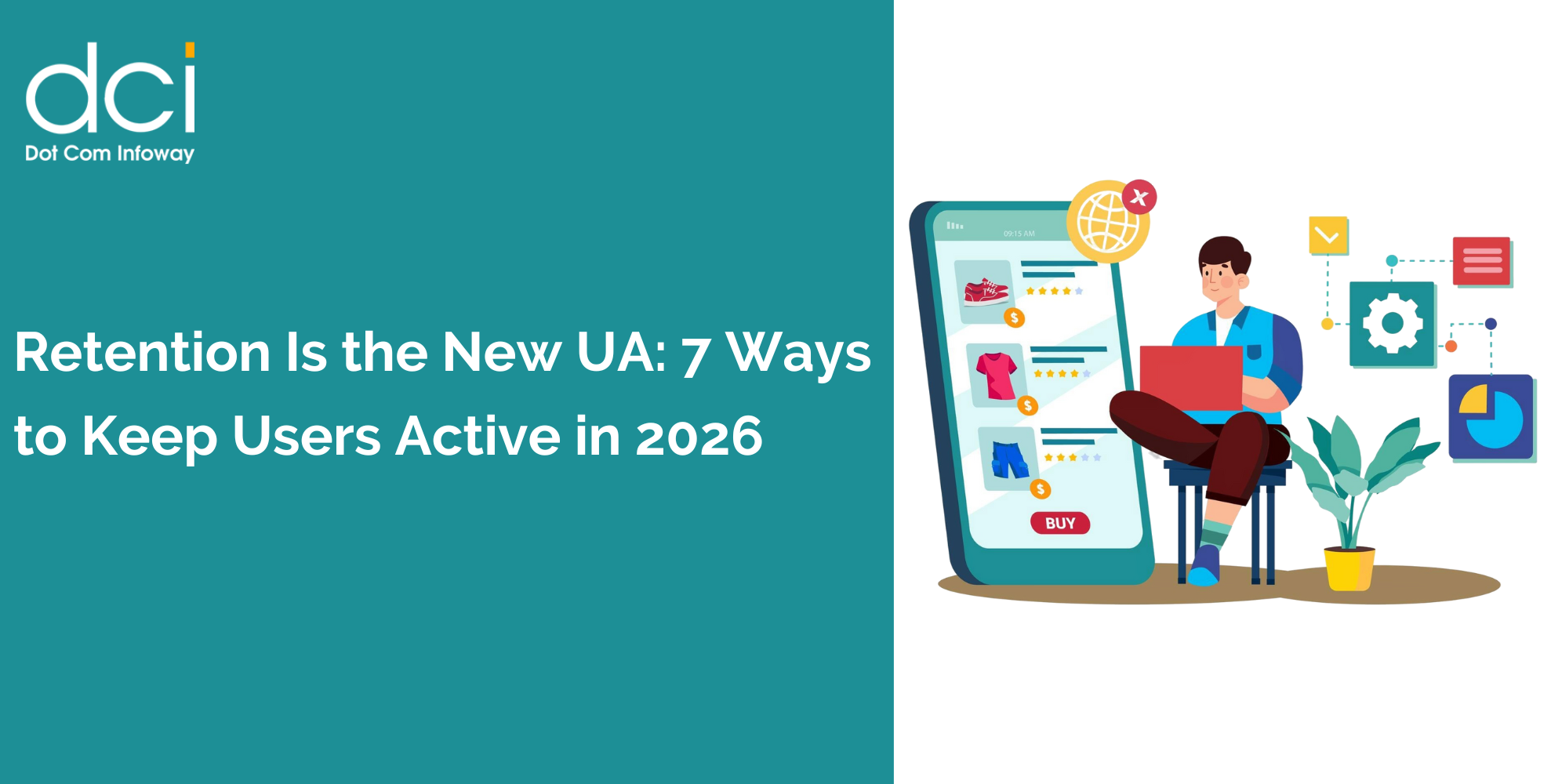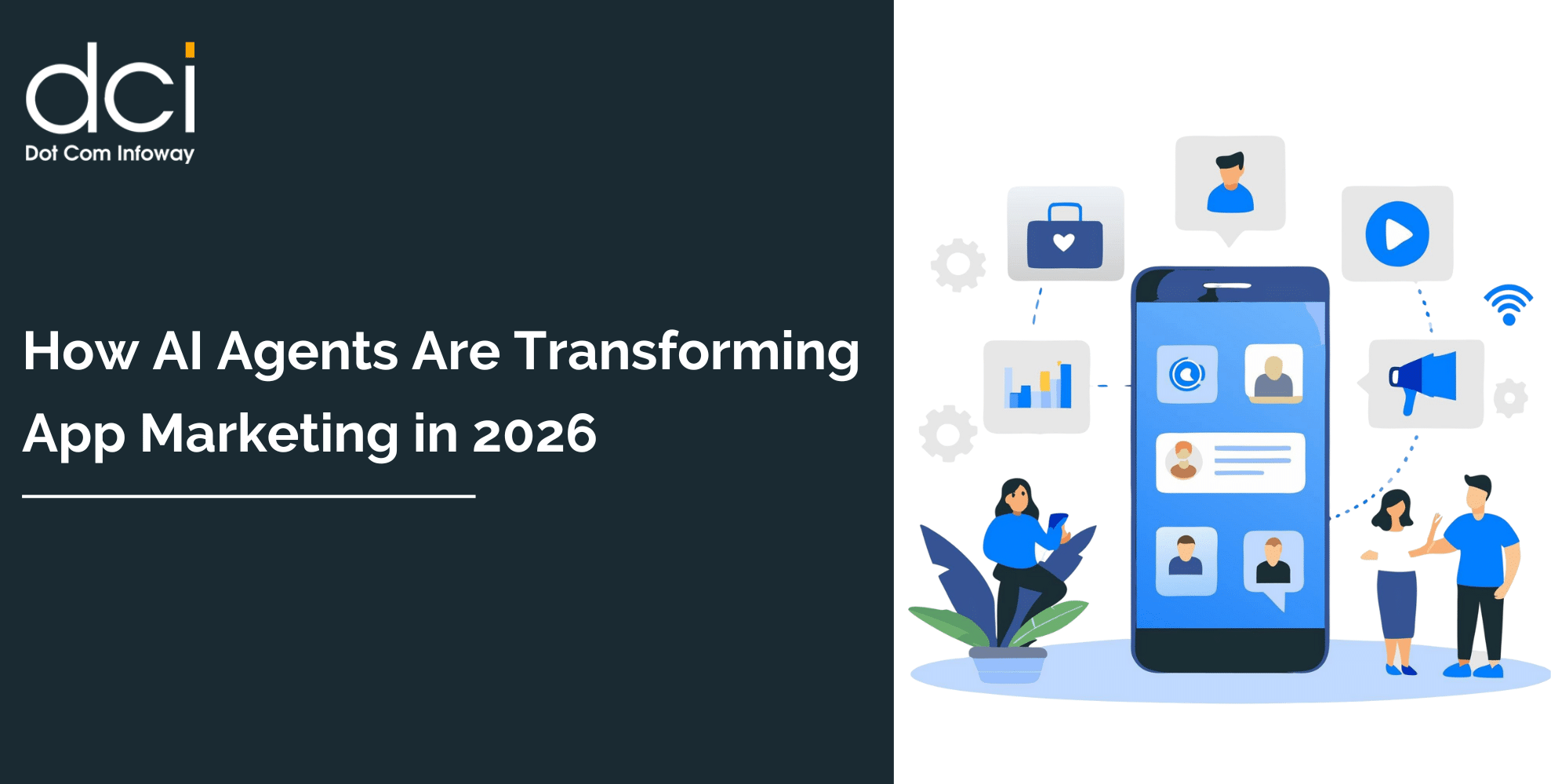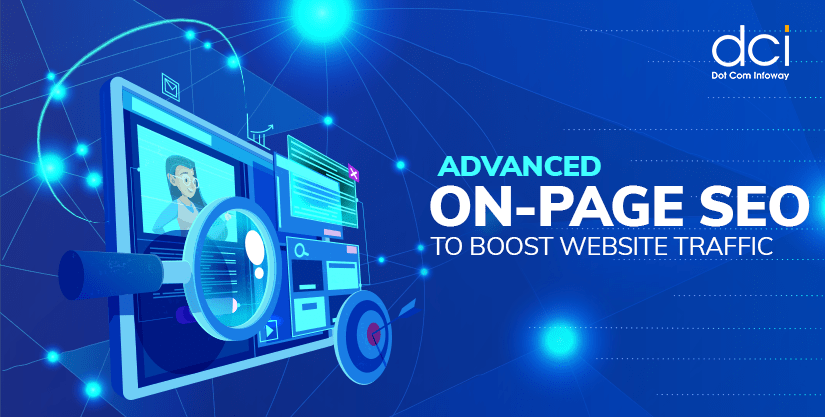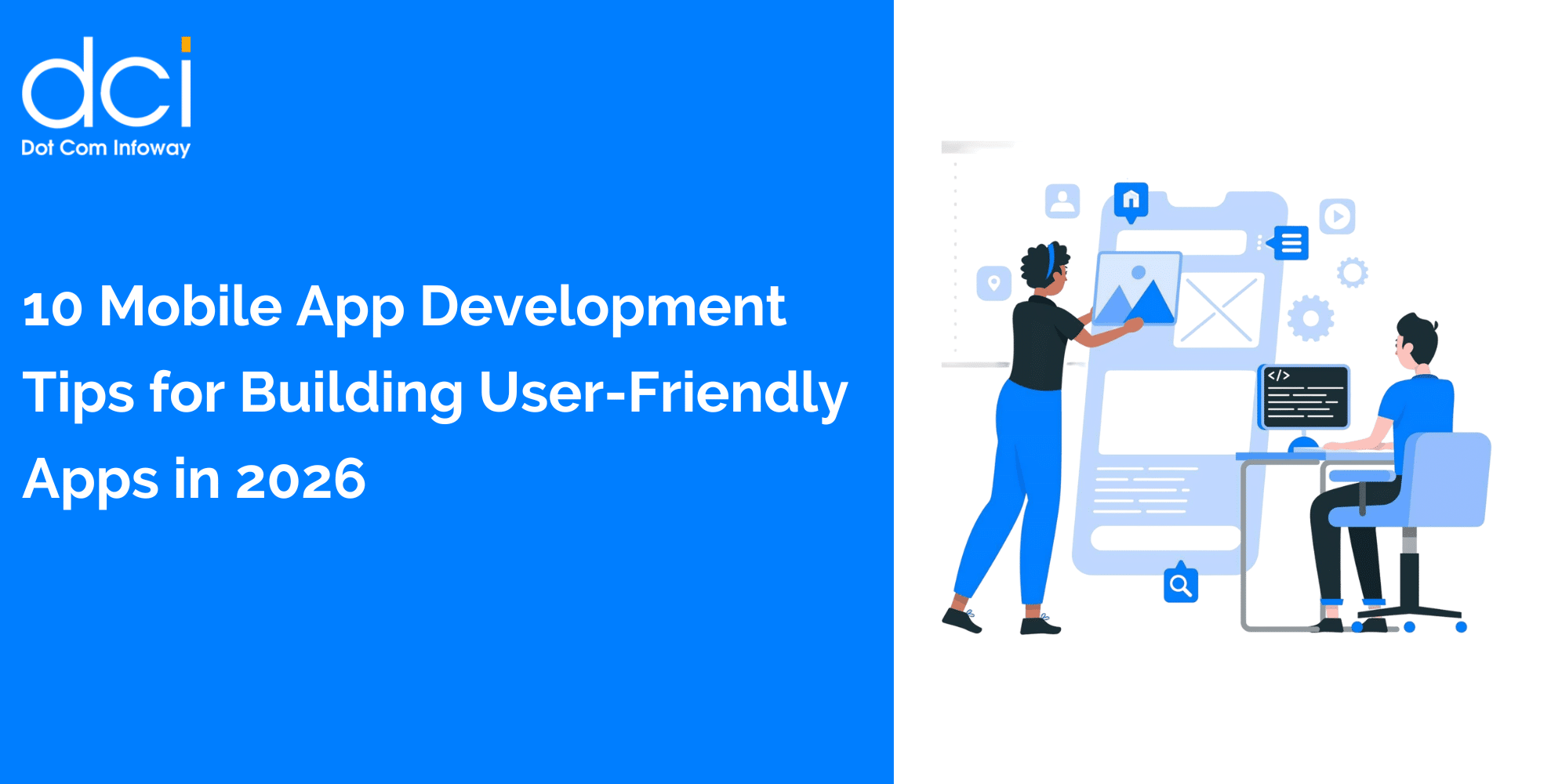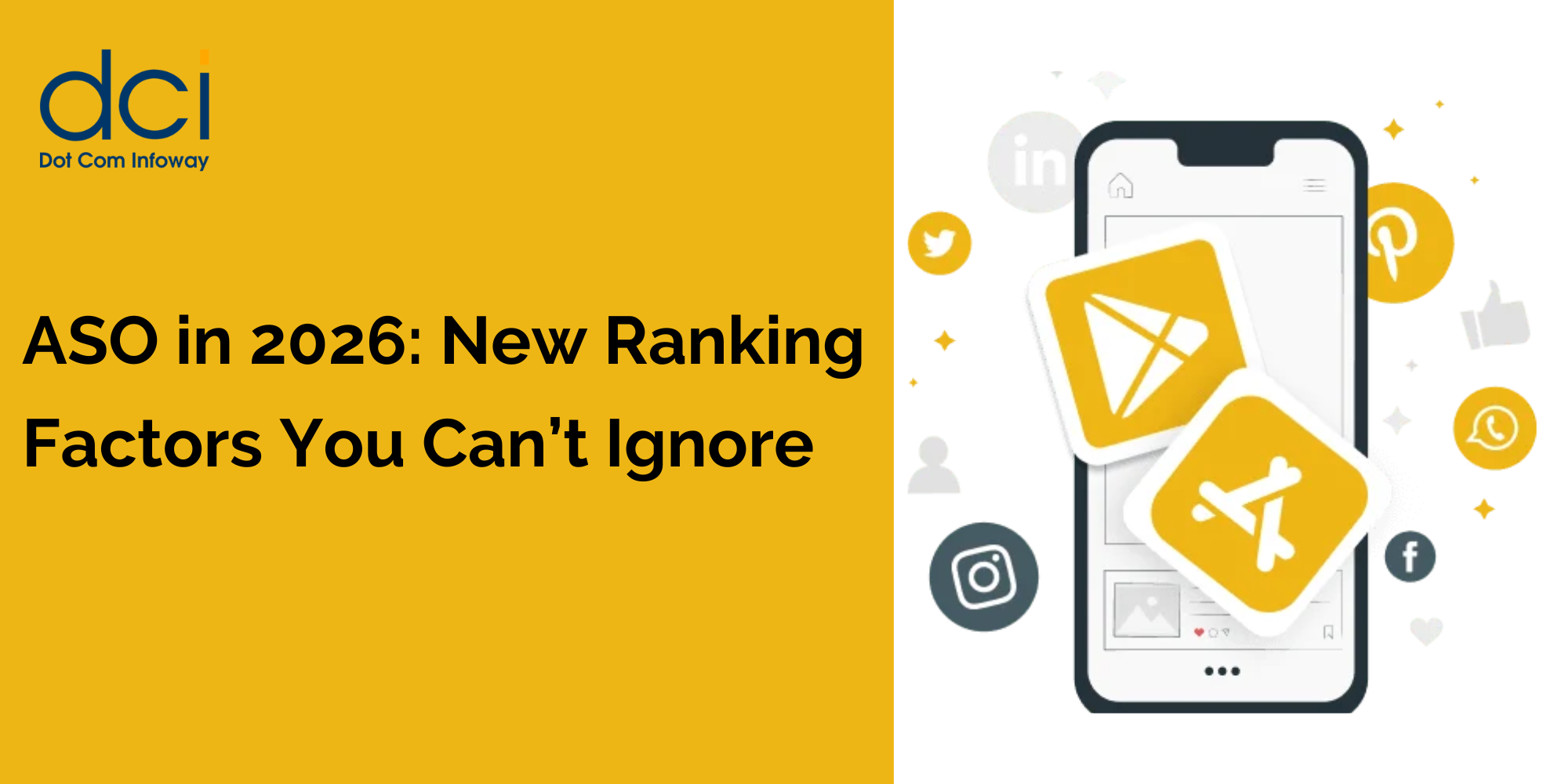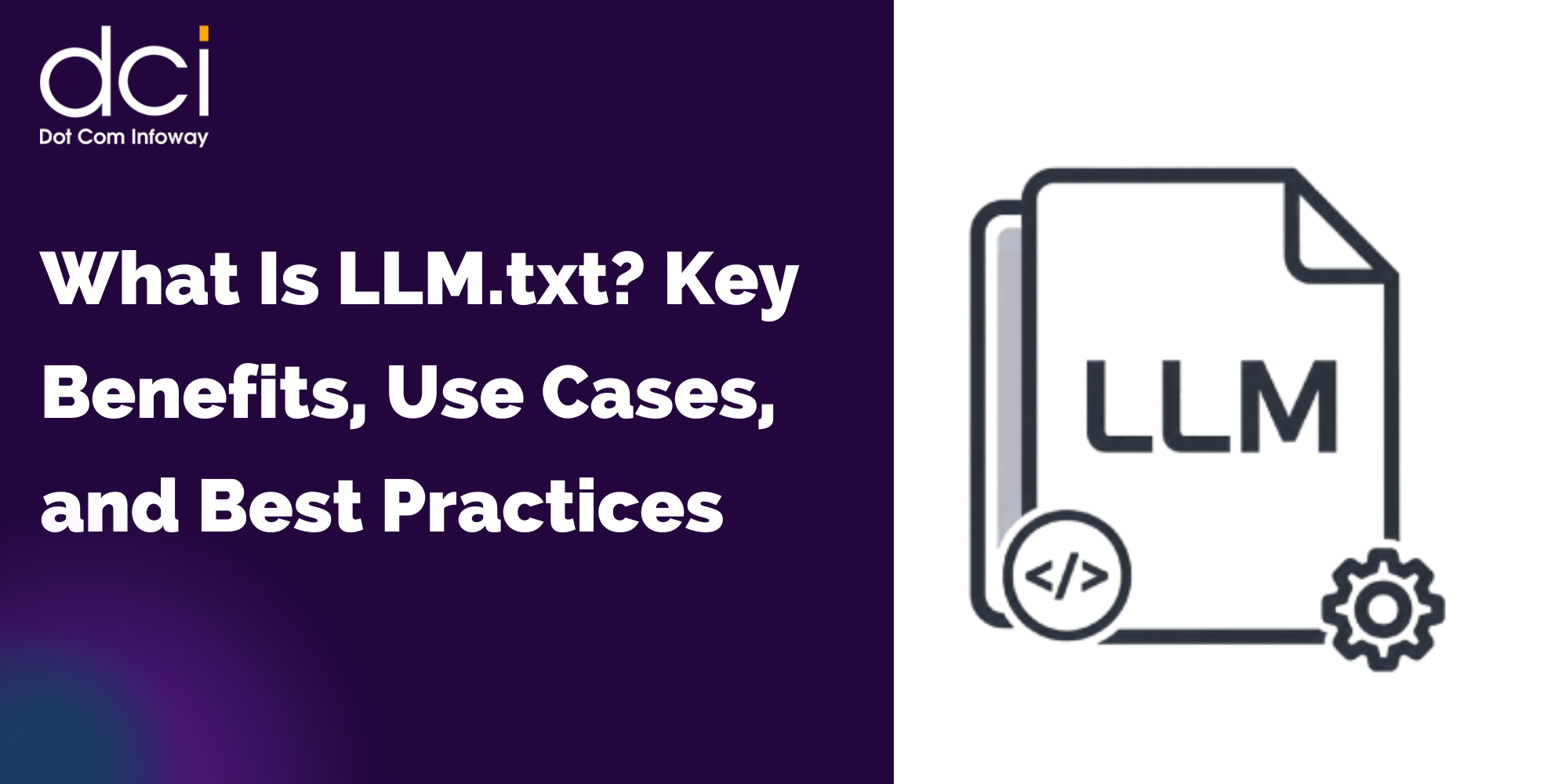Mobile apps can not only be used as endpoints but they can also serve as gateways. With the tremendous expansion in connected things, location data has begun to permeate the entire mobile space. Mobile apps have grown quite powerful and it is making a big influence. In this interview, Renaldi of GReS Studio shares his insight about challenges when employing location-based data and the future of location-based mobile marketing.
Mobile App Marketing and Internet of Things (IoT): An Interview with Renaldi of GReS Studio
8 mins read
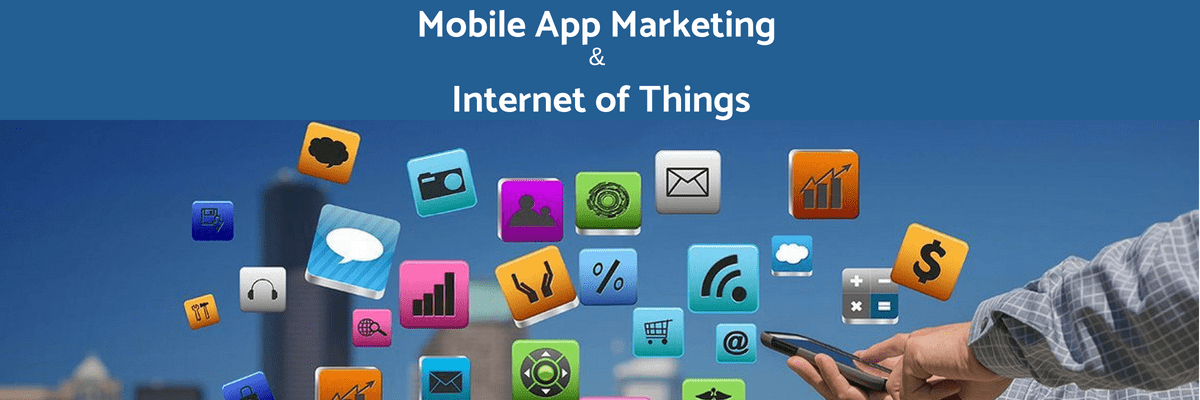

Here are our seven questions and his winning answers,
1. What do you think is that one element that is often overlooked by app developers?
One element that is often overlooked by app developers is the user needs or preferences of users. Most of the app developers develop their app by using their preferences and lack surveying what their users need or want. They try to dictate their way of thinking to their users, and not attempt to do a survey first of what their users like or want in the app.
2. What one factor would most accelerate the benefits of the Internet of Things?
Cheaper and larger coverage of wireless internet connection is the key factor in accelerating the benefits of the Internet of Things. Together with the huge cost reduction of IoT components like microcontrollers, sensors, and wireless communication modules, the implementation of IoT applications into our day-to-day life is becoming a common experience, from home automation, energy saving and monitoring, health care, and other sectors.
3. How do you define the user lifecycle within the app?
The user lifecycle within the app is defined as below:
Stage 1 – Search, choose, and download the app from the application store.
The user searches within the appropriate application store for the specific app they need and chooses one (if they find several apps) that the user thinks is the most suited one from the app explanation and ratings on the application store. Once the decision made, the user will download the application.
Stage 2 – First impression
The user will open the app for the first time. This first impression is very important, since if the user feels that the app is not suited to their expectation, most probably the user will delete the application or never open it again.
Stage 3 – Test if the app meet user expectation
The user will try to run the application and test many expected features expected by the user. If the user is not satisfied with the result, then the user might not open the app again.
Stage 4 – App stability and update
The user will run the app many times when the user needs the app. If the app is stable and gives no problem at all times, then the user will keep using it. If the app is not stable, then the user will look for and download the app update.

Expert Insight on Mobile App Promotion Strategies
An Interview with Hanifa, Founder & CEO at Female Daily Network on App promotion strategies that she recommends developers to acquire users with a shoestring budget.
4. In your experience, what are the common hurdles faced by app marketers?
Some of the common hurdles faced by app marketers:
1. Creating the right marketing strategy and promotions.
As there are a tremendous amount of apps in the application store, with still countless more coming, introducing a new app will be a very challenging task. We are also competing with big mobile app development companies with big marketing funds and good market experience. Due to those problems, we should creatively create cost-effective marketing strategy so that our product can outshine others, like social and viral marketing, exhibition participation, club or society introduction, and also do media coverage planning. We also need to do app store optimization (ASO) so our product will have better chances to be found by the users when they search for certain keywords.
2. Deciding when to launch the product
Because of the amount of time needed in the app development cycle before most of the bugs are solved (where user interactive reports is also required to find new bugs), sometimes it is hard to decide whether to launch the product first and fix the bugs later or to fix them first and launch after most of the bugs solved.
Delaying launching the product will make the production cost higher and possibilities of earlier introduction of the product will not occur. Selling the product too early without solving the bugs first also will generate bad ratings from the users since they will most likely feel uncomfortable in using the app with the bugs still being present.
Planning the product launch will be crucial since we cannot delay too long, but we also need to make sure that the app does not have too many fatal bugs. We can also provide alpha and beta testing of the apps so the users can test the product and report the problems that they are facing.
5. Are there any major challenges when employing location-based data services?
The major challenges in employing location-based data services are how to create effective marketing messages or information within the considerably small screen and limited data speed that will attract people to look at or buy the services or products promoted and not think that it is a scam. The cost of providing Location-based data services from the network operator or the content provider is another challenge in employing location-based data services.
6. What does the future hold for location-based mobile marketing?
The future of mobile marketing is very promising. From the information we got from several competent people in advertising agencies in Indonesia – as well as through our experience of delving into it – more and more companies have already also shifted a lot of their advertising budget into a digital advertisement.
As part of digital advertising, location-based mobile marketing will enhance the company marketing advertisement with the capability to localize the marketing content based on the customer location. Combined with market segmentation based on customer specific data like gender, age, interest, hobbies, etc, this type of targeted digital advertisement will provide effective and will serve as a cost-effective solution for better results.
7. How can developers overcome IoT security threats to achieve better ROI?
During software development, developers need to implement security concerns in every stage of the software development lifecycle. The developer has to work with the manufacturers from the start in order to ensure that security is a top priority. The developer needs to introduce security concerns starting from the operating system level and goes up through all the software development stages.
Comprehensive security testing at all levels of development is crucial to overcome IoT security threats. The wireless internet connection should have an end to end encryption to minimalize eavesdropping possibilities. By implementing security concern at all stages of software development, we can reduce or eliminate the potential for a security breach of the product so that we can sell the product faster to the market.
Latest Posts
Get the latest insights from Dot Com Infoway straight to your inbox.



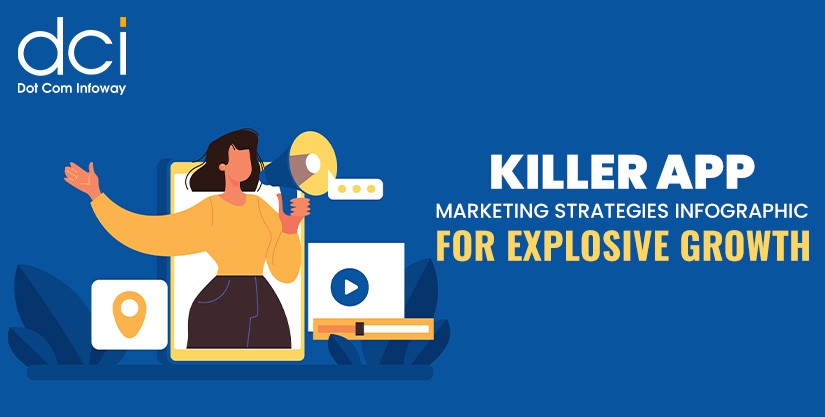

![The Game Marketing Guide: Pre and Post-Launch Strategies [Infographic]](https://www.dotcominfoway.com/wp-content/uploads/2023/09/DCI-Game-Marketing-blog-1.jpg)
